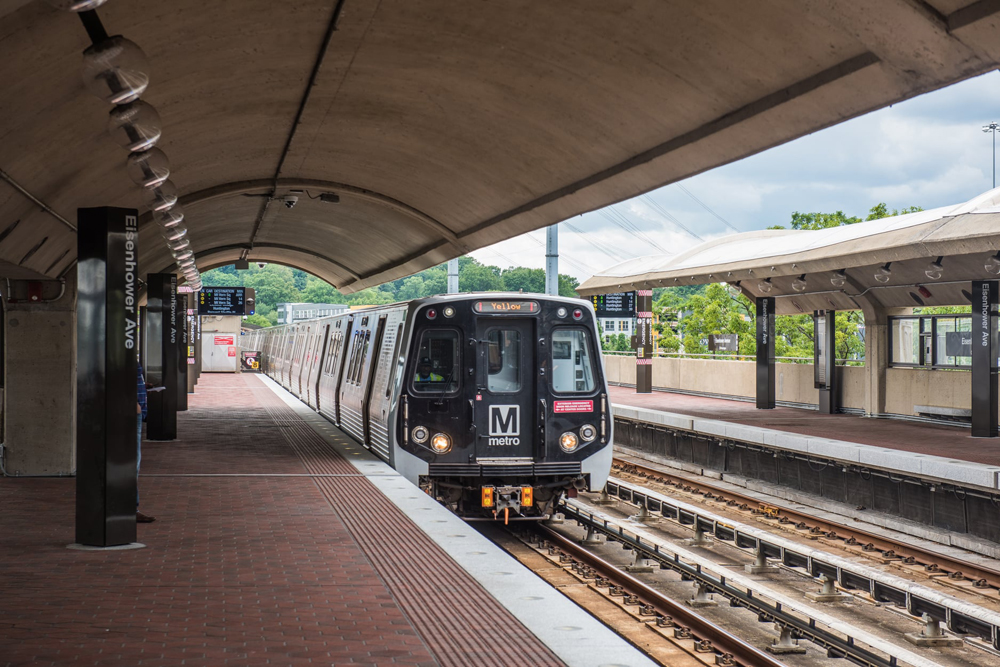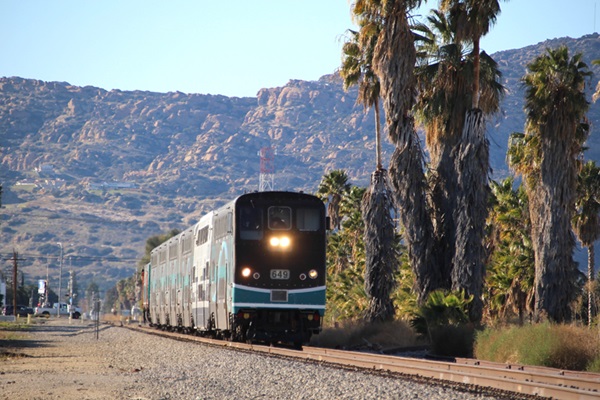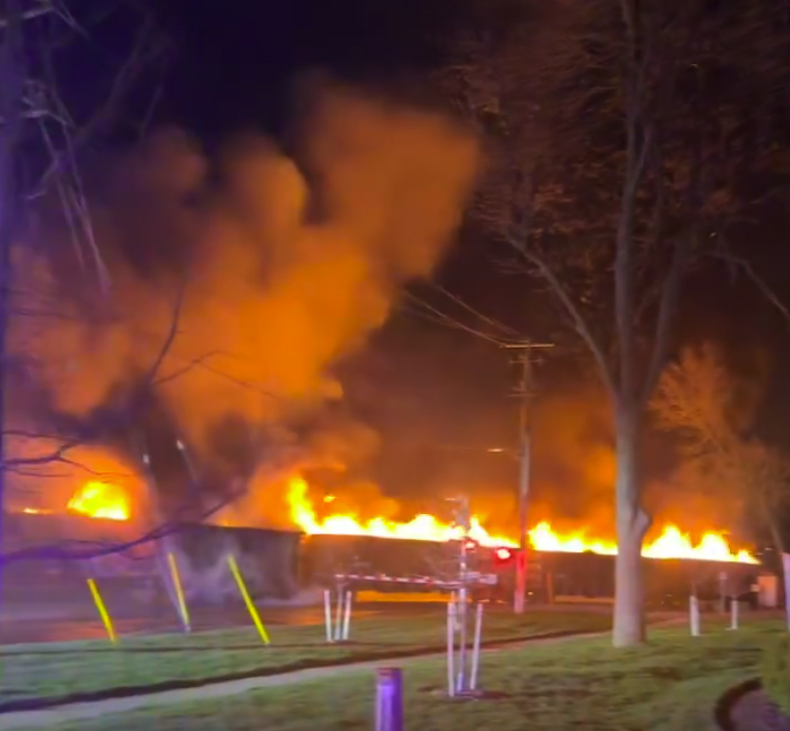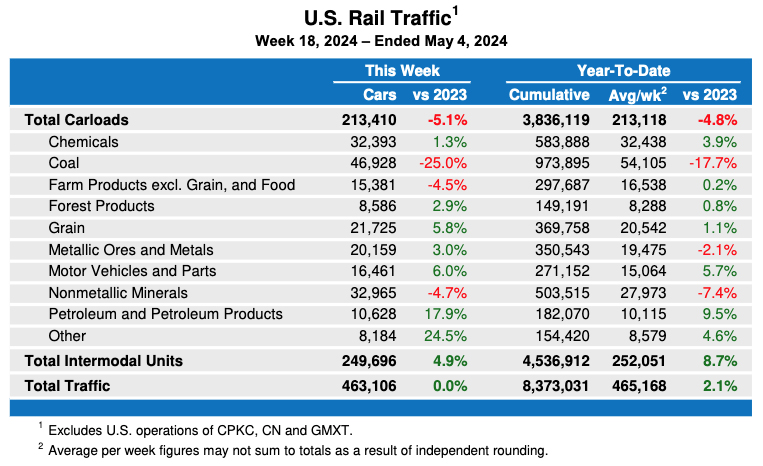
WASHINGTON — The DC Metrorail train operator who ran a train using Metro’s Automatic Train Operation system, which has been out of service since 2009, “will not be returning to duty,” according to the head of the Washington Metrorail Safety Commission.
The Washington Post reports commission CEO David L. Meyer told the commission’s board on Tuesday that the operator was no longer with the transit agency as a result of the March 17 incident. Video also showed that with the train operating automatically, the operator ate a meal while in control of the train, which is also a violation of Metrorail rules, Meyer said.
The Metrorail system was built with ATO and used the automated operating system from its opening until a fatal 2009 collision between two trains. The ATO system was shut off after that crash and was never restored to operation even after it was cleared of blame.
The Washington Metropolitan Area Transit Authority now wants to restore the use of ATO, saying it will provide more efficient operation and eliminate human error [see “DC Metrorail continues preparations …,” Trains News Wire, March 7, 2023]. But the process of restoring it is still in progress and must be approved by the safety commission. The operator who used the system March 17 was not authorized to do so. He was caught when his train overshot a platform at the Innovation Center station in Herndon, Va., triggering an investigation, and admitted to using the system out of curiosity [see “Metrorail safety commission investigating improper use of automated operating system,” News Wire, March 27, 2023].














I rode the system from the start. After a few years they started getting more and more missed stops with it either being to short for the number of cars or to long for the number of cars. They went through several cycles of replacing sensors. Then they would turn it back on only to have it mess up again. Not uncommon for the train to stop and people got up only to have the train jerk forwards or backwards as the operator announce “I have to reposition the train”.
“C’mon man. I gotta eat.”
Something really wrong higher up if a system mandated ‘not to used’ could be switched on by a driver.
There seems more to this than meets the eye.
If the ATO will “provide more efficient operation and eliminate human error,” why hasn’t it been reinstated? What caused the first overrun? Didn’t WMATA have a collision when ATO lost contact with a train and allowed the following train to run into it?
I think there’s far more to this than meets the eye and WMATA’s not saying anything.
NOTE: PATCO in South Jersey has had a type of ATO for 50 years and it works reliably, It’s based on RR cab signal technology.
From Wikipedia, referencing the NTSB accident report: “The National Transportation Safety Board (NTSB) investigation found that after a June 17 replacement of a track circuit component at what became the crash site, the track circuit had been suffering from parasitic oscillations which left it unable to reliably report when that stretch of track was occupied by a train. The struck train came to a stop because of traffic ahead. Because the entire train was within the faulty circuit, it became invisible to the Automatic Train Control (ATC) system. The train behind it was therefore commanded to proceed at 55 mph (89 km/h). The operator of the striking train applied the emergency brake after the stopped train came into full view, but there was not enough time to prevent the collision, which occurred at approximately 49 mph (79 km/h).”
I guess, for me, a frequent user of the DC system when there for work, the question is “Why did the automated system overshoot the platform?” I can see why the operator was terminated, as he used the system without authorization, but I have not seen any mention of what malfunctioned in the ATO system to allow the problem to occur.
Another question I have is this: How was he able to use a system whose use is disallowed? Couldn’t/ shouldn’t the system have been taken off line?
That was the same question that I had Charles. How was the operator even able to turn it on? I’m sure there is a way to do it from the cab but shouldn’t the entire system be off?